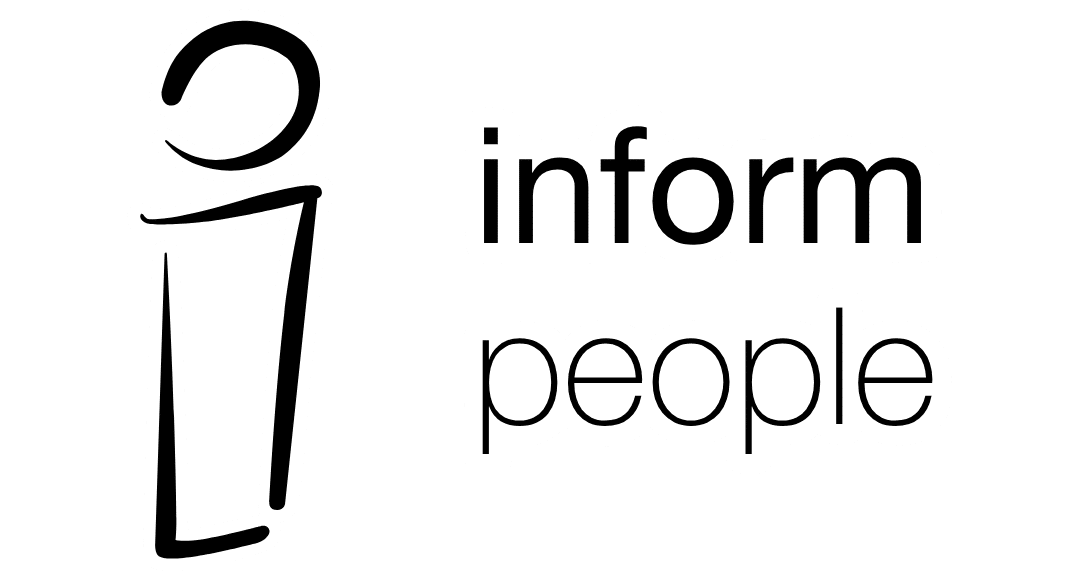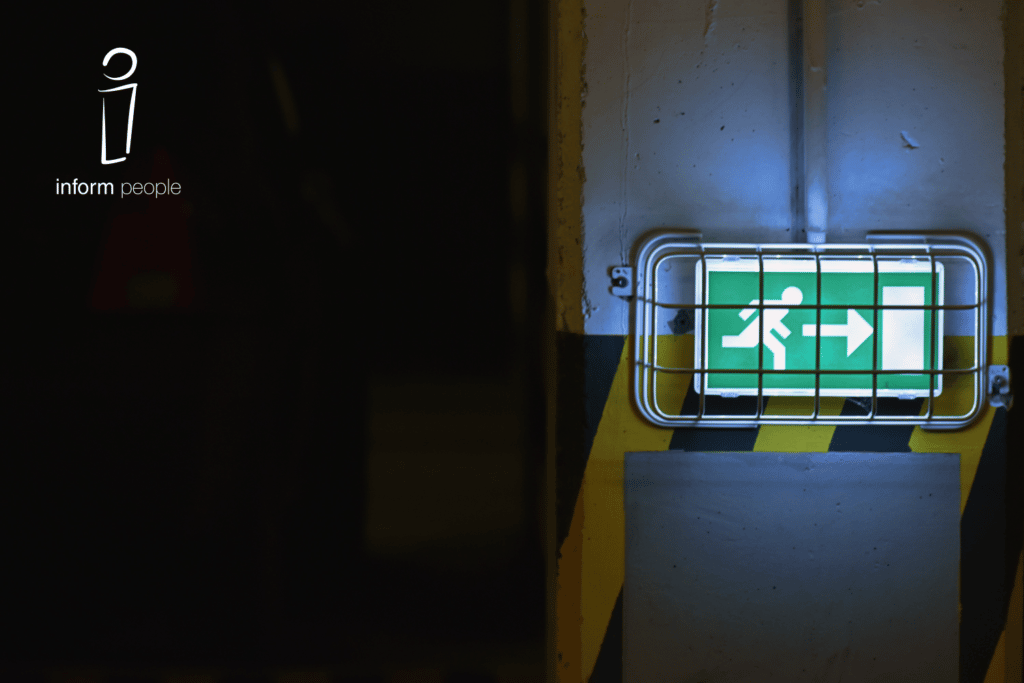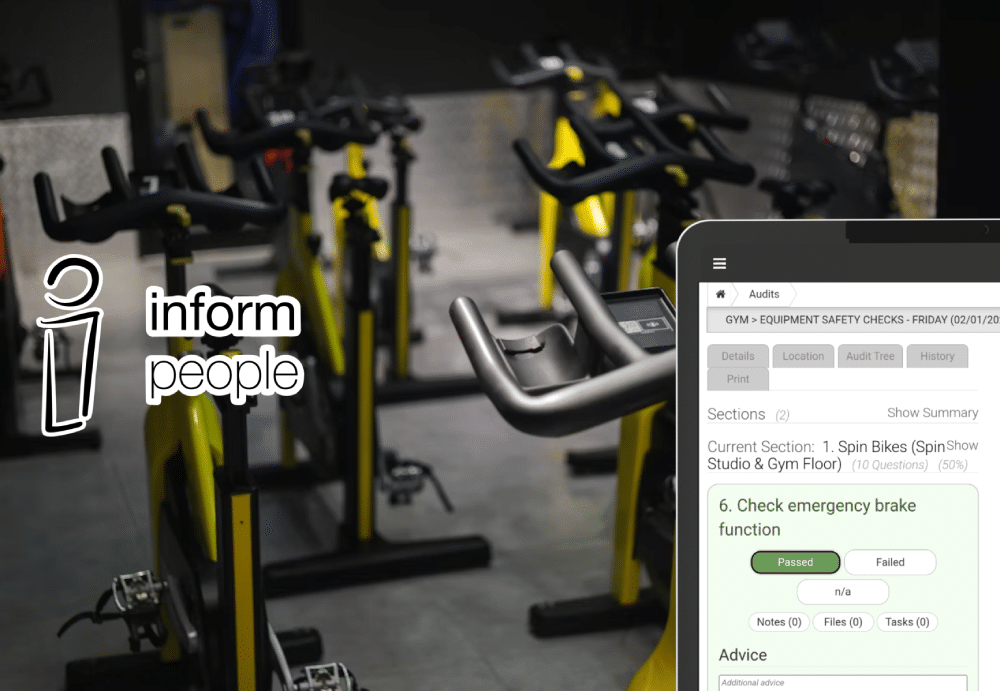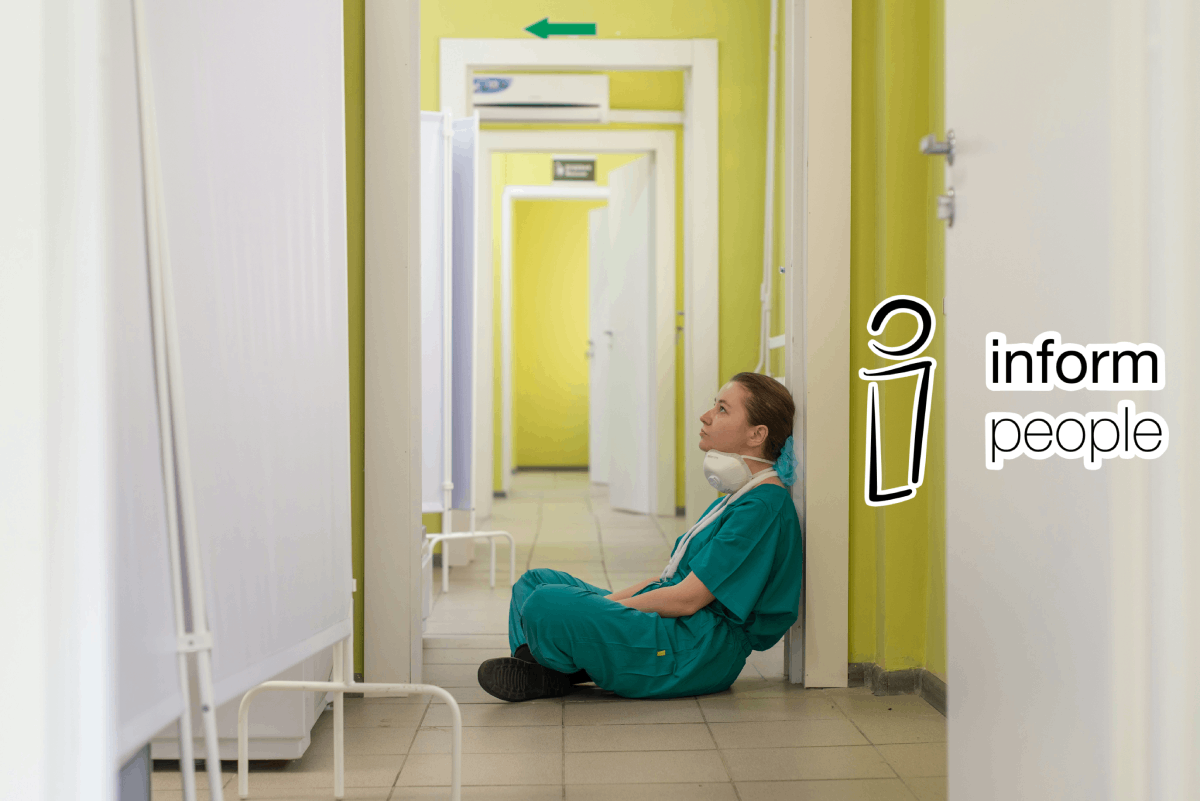Understanding the potential risks and improving your fire safety practices are the objectives of a fire risk assessment. A responsible person must perform a fire risk assessment that focuses on the safety of all “relevant individuals” in the event of a fire. It should pay special attention to individuals at particular risk, such as disabled people, those you know with special needs, and children. It should also consider any harmful substances present in the facilities.
A fire risk assessment will identify dangers that can be eliminated or minimised. The risk assessment you must conduct will help you ensure that your fire safety procedures, primary fire prevention, and fire precautions (plans, systems, and equipment) are all in place and effective. The risk assessment should indicate any concerns that need attention.
This blog explains the risk assessment process and how you can start your own in five simple steps.
Fire Risk Assessment: 5 Key Stages
A fire risk assessment is a thorough assessment of your facilities, the activities that occur, and the likelihood that a fire may start and cause harm to individuals in and around the premises. You could always refer to the government’s five steps to fire risk assessment to help guide you through the process and comply with the regulatory standards in the UK but we have added our thoughts to it too below.
Stage 1: Identify Fire Hazards
The first stage in a risk assessment is to identify the risk of fire threats, which is determined by three factors.
Identify the sources of ignition
Look for any sources of heat that could be hot enough to ignite material on your premises to identify potential ignition sources. These ignition sources include, but are not limited to:
- Smoke materials like cigarettes, matches, and lighters
- Electrical sparks from motors, switches, etc.
- Hot flames like candles, boilers, etc.
- Faulty or misused electrical equipment
- Cooking equipment
- Lighting equipment, e.g. halogen lamps or display lighting too close to stored products
- Arson
Identify the sources of fuel
Anything that burns is considered fuel for a fire. Look for materials that will burn relatively easily and sufficiently to ignite a fire or cause it to spread to another fuel source. The following are the most common “fuels” found in workplaces and stores:
- Cotton, linen, and viscose are examples of cellulose fibres.
- Cooking oils, paints, varnishes, adhesives, and solvents are examples of substances.
- Cleaning goods, photocopier chemicals, and dry-cleaning products containing hydrocarbon solvents are examples of flammable chemicals.
- Materials for packaging
- Clothes and curtains
- Waste materials such as shredded paper and wood shavings
- Flammable gases, such as liquid petroleum gas (LPG), and other materials, such as lining walls, ceilings, carpets, wooden furniture, etc.
Identify the sources of oxygen
Fire comprises three major components: oxygen, fuel, and heat. A fire will not ignite if any of these elements are lacking. As a result, identifying the sources of oxygen is just as important as identifying the sources of heat and fuel. The chemical activities that occur during the fire and create a lot of heat are supported by oxygen. Typically, three sources of oxygen can be found in any location.
- The first is a natural supply of oxygen provided through windows, doors, and other openings.
- The second is air conditioning systems and,
- Thirdly, oxygen cylinders.
Stage 2: Identify the People at Risk
The second and most critical stage in fire risk assessment is determining who is at risk. You must first determine where employees are working, whether at permanent workstations or random places across the premises, and then examine who else may be in danger, such as customers, visiting contractors, and so on, and where these individuals are likely to be found.
You must consider all those who visit the facilities, but you should give extra attention to those who may be particularly vulnerable, such as:
- Employees who work alone in isolated places, such as cleaners and security personnel.
- Individuals who are unfamiliar with the premises, visitors, contractors, and seasonal workers.
- Disabled individuals who are unable to leave the premises immediately, such as the elderly or parents with children.
- Employees who work near fire hazards.
- People with language difficulties.
Stage 3: Evaluate, Remove, Reduce, and Protect from Risk
The management of the facility and how people use it will have an impact on your risk assessment.
As previously noted, fire risk management may be your own duty or shared by others, such as building owners or managing representatives. Working together, exchanging knowledge, and evaluating the danger posed by others in the building is critical.
Evaluate the risk of a fire occurring
Evaluate all potential sources of fire since no building or premises is completely protected from fire. In general, fires originate in one of three ways:
- Accidentally - for example, when smoking materials are not entirely extinguished or lighting displays are knocked over.
- Mistakenly – for example, when electrical office equipment is not maintained correctly, or trash packaging is allowed to build near a heat source.
- Deliberately - for example, an arson assault may include setting fire to outdoor trash cans that are too close to the buildings.
Inspect your premises carefully and look for any potential hazards and any actions or mistakes that might cause a fire to start. Look for any circumstance that might provide an opportunity for an arsonist, such as where waste materials are stored.
Evaluate the risk to people
While determining the potential occurrences, consider the possibility of any given incident; be aware that some very unusual situations may put many people in danger.
To assess the danger to people on your property, you must first understand how fire spreads. Fire often spreads through three routes:
- Convection - convectional fire is the most deadly and produces the most injuries and fatalities.
- Conduction – some materials, such as metal shutters and ducting, may absorb heat and carry it to the next room. Consequently, flammable materials that touch the heated substance might catch fire.
- Radiation – radiation heats the air like an electric bar heater heats a room. Any substance close to a fire will absorb heat until it begins to smoulder and ultimately burn.
Remove or reduce the hazards
Following the evaluation, you must eliminate or minimise the hazardous materials that might cause a fire. A fire risk assessment must first determine which parts should be removed or minimised. First, you must eliminate or lessen dangers replaced by other hazards that may cause additional fires, such as flammable or hazardous compounds.
In this phase, you must determine how to;
- Remove or minimise ignition sources.
- Store waste material safely and fully remove it from the premises as often as possible.
- Reduce oxygen sources.
- Reduce the number of people at risk.
Protect from risk
Now, to keep people safe, the following measures must be followed:
- Install detection and warning systems for fires.
- Keep firefighting safety equipment and facilities in good working order.
- Establish the number of escape routes and exits.
- Manage the escape routes and limit the number of persons entering the property.
- Set up the emergency exit light.
- When signs are required, use them.
- Make use of warnings.
Stage 4: Record, Plan, Inform, Instruct and Train
In stage 4, you should focus on four additional areas of the fire risk assessment to address the control of fire safety in your buildings.
Record the significant findings and action(s) taken
If you or your business employs five or more people, your premises are licenced, or an alterations notice requires you to do so, you must keep a record of the major findings of your fire risk assessment and the steps you have taken.
Details of significant findings should include;
- The fire hazards you have identified.
- The steps you have done or will take to eliminate or lessen the likelihood of a fire from happening (preventive measures).
- People who may be at risk, especially those who are most vulnerable.
- The actions you have done or will take to decrease the danger of fire and smoke spread to individuals (protective measures).
- The actions that individuals must do in the situation of a fire, including the names and contact information of anybody authorised to do a certain duty (your emergency plan).
Emergency Plans
The goal of an emergency plan is to ensure that everyone on your premise knows what to do. In the event of a fire, the property can be safely evacuated. Your emergency plan should be based on your fire risk assessment results and access to your employees, their representatives (if any), and the enforcement authorities.
In multi-occupied, bigger and more complicated businesses and retail, the emergency plan must be more extensive and developed only after consultation with other occupiers and responsible parties, such as building owners. Most of the time, this implies that a single emergency plan covering the whole facility is required. It would be beneficial if you could agree on a single person to coordinate this effort.
Information, instruction, and coordinate
You must provide clear and relevant information and adequate instructions to your employees and the employers of other persons working on your premises, such as contractors, on how to avoid fires and what to do if one occurs.
The information and instructions you provide should be based on your emergency plan and should contain the following:
• The important findings of your fire risk assessment.
• The risk-mitigation strategies you’ve put in place.
• What people should do if a fire breaks out.
• The details of those you have appointed as responsible for fire safety.
• Any specific precautions for major and probable fire hazards to people.
Fire safety training
Your employees must get proper fire safety training. It should be particular to your area and;
- Consider the findings of the fire risk assessment.
- Discuss your emergency procedures.
- Explain the tasks and responsibilities of workers concerning their job.
- Be conducted during normal business hours and be repeated regularly or as needed.
- Be fully understood by your workforce and other persons who may be present.
- Be tested by fire drills.
Stage 5: Review
To determine how well the risk is being handled, you should regularly review what you do to execute the fire risk assessment.
If you have any cause to believe that your fire risk assessment is no longer valid or if a substantial change in your premises has altered your fire measures, you must evaluate and, if required, amend your assessment.
Among the reasons for review are.
- Changes to the work process or the introduction of new equipment.
- Changes in the construction or layout of the building.
- Introduction of any hazardous material.
- Increase in the number of people present.
- The presence of individuals who are disabled in some way.
Stay compliant nationwide
So, these are the five stages that must be taken in the fire risk assessment. After reading this article, you may do your own fire risk assessment. Our compliance and performance management software allows you to conduct Fire Risk Assessments on any device accurately and quickly. Add comprehensive picture documentation of any damage and the ability to immediately assign corrective actions to ensure that your premises are always compliant.
Inform People provides management and reporting software that can generate customised reports. This digital technology can also provide scheduling reminders, ensuring that your business never misses inspection dates and stays in compliance.
Contact us today to simplify and improve your fire risk assessments.




